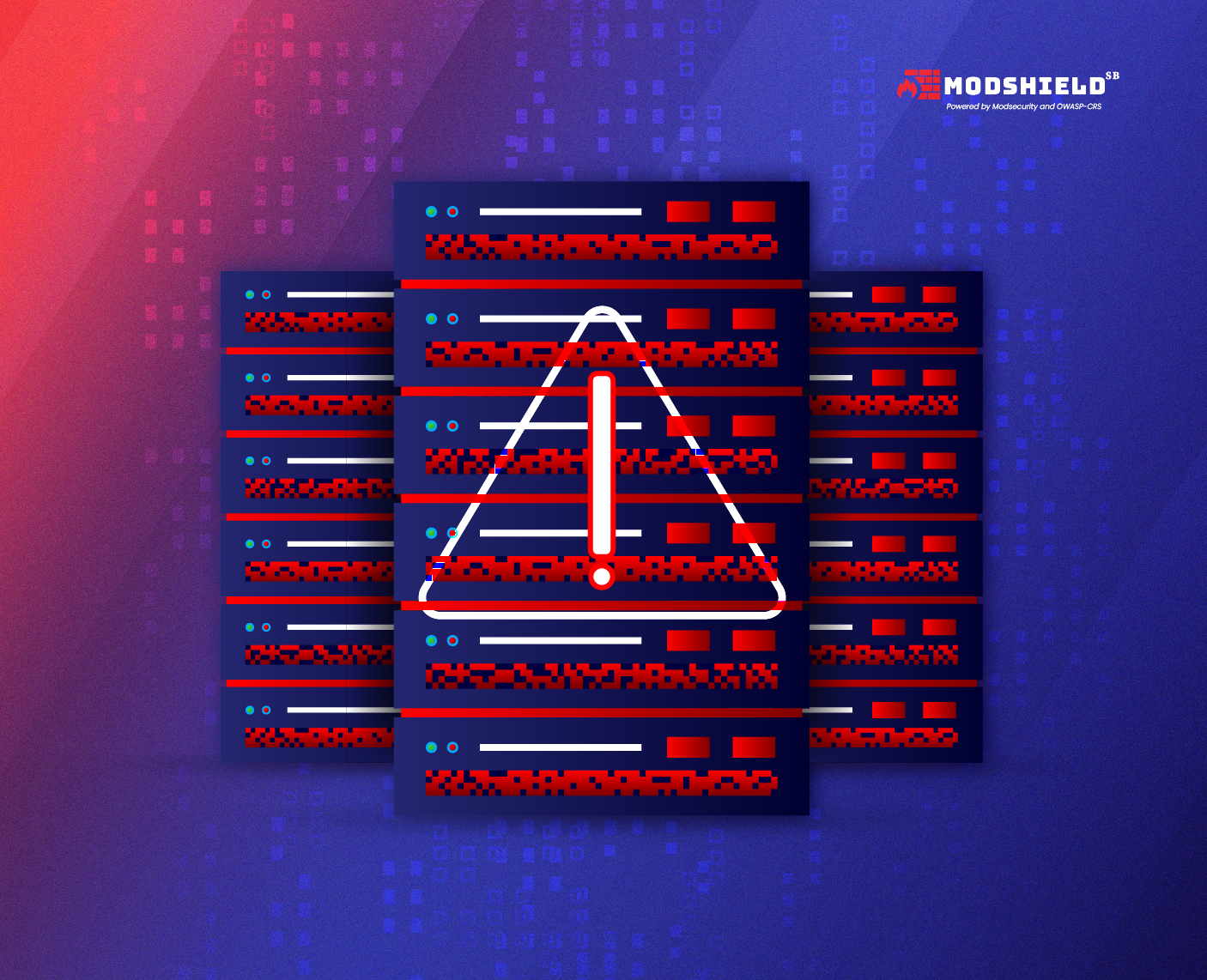
DNS Amplification Attack
A DNS amplification attack is a type of Distributed Denial of Service (DDoS) attack that involves exploiting DNS servers to overwhelm a targeted network or website with a large volume of traffic. In this attack, the attacker sends a small DNS query to a vulnerable DNS server, making it respond with a much larger response packet to the victim’s IP address. By spoofing their IP address and using the amplification technique, the attacker can generate an overwhelming amount of traffic that can cause the victim’s network or website to become inaccessible or slow down significantly.
A DNS amplification attack is typically performed using the following steps:
The attacker identifies DNS servers that have a vulnerability allowing them to be used for amplification. These servers often have misconfigured settings, like enabling recursive queries or having open DNS resolvers.
The attacker spoofs their source IP address to make it appear as if the DNS query is coming from the victim’s IP address.
The attacker sends a small DNS query to the vulnerable DNS servers, typically asking for DNS records that will result in a large response. For example, the attacker might request a DNS zone transfer, which can generate a large response. The DNS server, tricked by the spoofed IP address, sends the larger response directly to the victim’s IP address.
The victim’s network or website is overwhelmed by the large volume of traffic generated by the amplified responses, leading to a denial of service.This attack exploits the inherent nature of DNS amplification, where a small query can trigger a much larger response from misconfigured DNS servers. To mitigate such attacks, it is crucial to secure and properly configure DNS servers, disable open resolvers, and implement rate limiting or filtering to prevent amplification abuses.
The effects of a DNS amplification attack can be wide-ranging and often severe, impacting both the targeted victim and the broader internet infrastructure. Here’s a breakdown of the potential consequences:
Service Outages: The overwhelming flood of traffic can completely overwhelm the victim’s servers, leading to website or service outages. This can negatively impact business operations, revenue, and customer trust.
Performance Degradation: Even if a complete outage doesn’t occur, the increased traffic can significantly slow down website loading times and overall performance, hindering user experience and productivity.
Financial Losses: Outages and performance degradation can result in lost revenue, operational costs associated with mitigation efforts, and potential damage to reputation.
Data Breaches: In some cases, attackers may use DNS amplification attacks as a smokescreen to distract security personnel while launching other malicious activities, such as data breaches.
On the Internet Infrastructure:
Bandwidth Consumption: The amplified traffic generated by the attack consumes significant bandwidth resources, potentially impacting the performance of other users and internet service providers (ISPs).
Network Congestion: Large-scale attacks can contribute to network congestion, impacting the overall stability and accessibility of the internet for everyone.
Collateral Damage: Depending on the size and target of the attack, it can spill over and disrupt services and users located far from the intended victim.
Increased Security Costs: ISPs and businesses need to invest in additional security measures and infrastructure to defend against and mitigate these attacks, adding to operational costs.
Mitigating DNS amplification attacks requires a multi-layered approach, addressing vulnerabilities on both the victim’s side and the wider internet infrastructure. Here are some key strategies:
-
Stricter Authentication: Implement methods like source port randomization or source IP verification to prevent spoofing of requests.
-
Rate Limiting: Set limits on the number of requests and responses a single source can send within a specific timeframe.
-
Filtering: Identify and block commonly exploited record types like ANY or TXT, or requests originating from suspicious sources.
-
Software Updates: Ensure resolvers run the latest software versions to patch vulnerabilities and security holes.
-
Educate Users: Inform users about the risks of open resolvers and encourage them to use secure alternatives.
For Victims:
-
DDoS Mitigation Solutions: Deploy dedicated services that analyze and filter incoming traffic to block spoofed requests and malicious traffic patterns.
-
Rate Limiting on Servers: Implement similar rate limiting techniques on your own servers to prevent being overwhelmed by amplified traffic.
-
Web Application Firewall (WAF): Use a WAF to filter and block malicious traffic based on specific rules and signatures.
-
Threat Intelligence: Leverage threat intelligence feeds to stay updated on emerging attack methods and adapt your defenses accordingly.
-
Redundancy and Scalability: Design your infrastructure to handle spikes in traffic and maintain service availability even under attack.
-
Best Practices Advocacy: Promote secure configuration practices for open resolvers and raise awareness about the risks of DNS amplification attacks.
-
Regularly assess and update your mitigation strategies as attack methods evolve.
-
Conduct vulnerability assessments and penetration testing to identify potential weaknesses in your systems.
-
Have a well-defined incident response plan to effectively manage and contain attacks when they occur.
By implementing these strategies, organizations and internet infrastructure providers can significantly reduce the risk and impact of DNS amplification attacks, fostering a more secure and resilient online environment.
